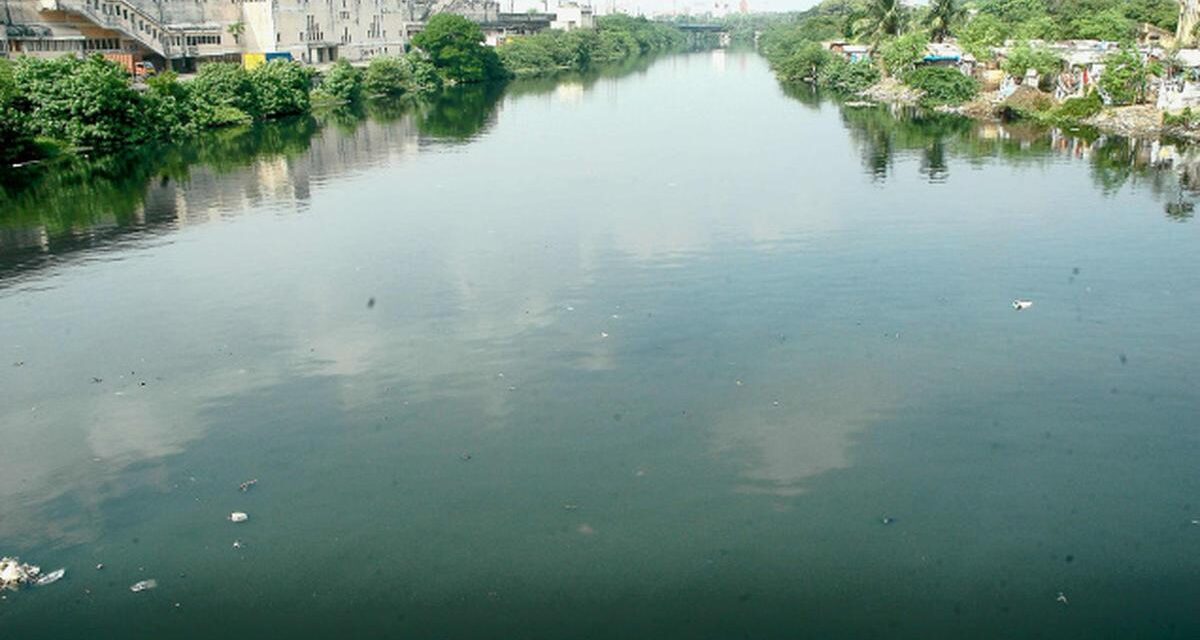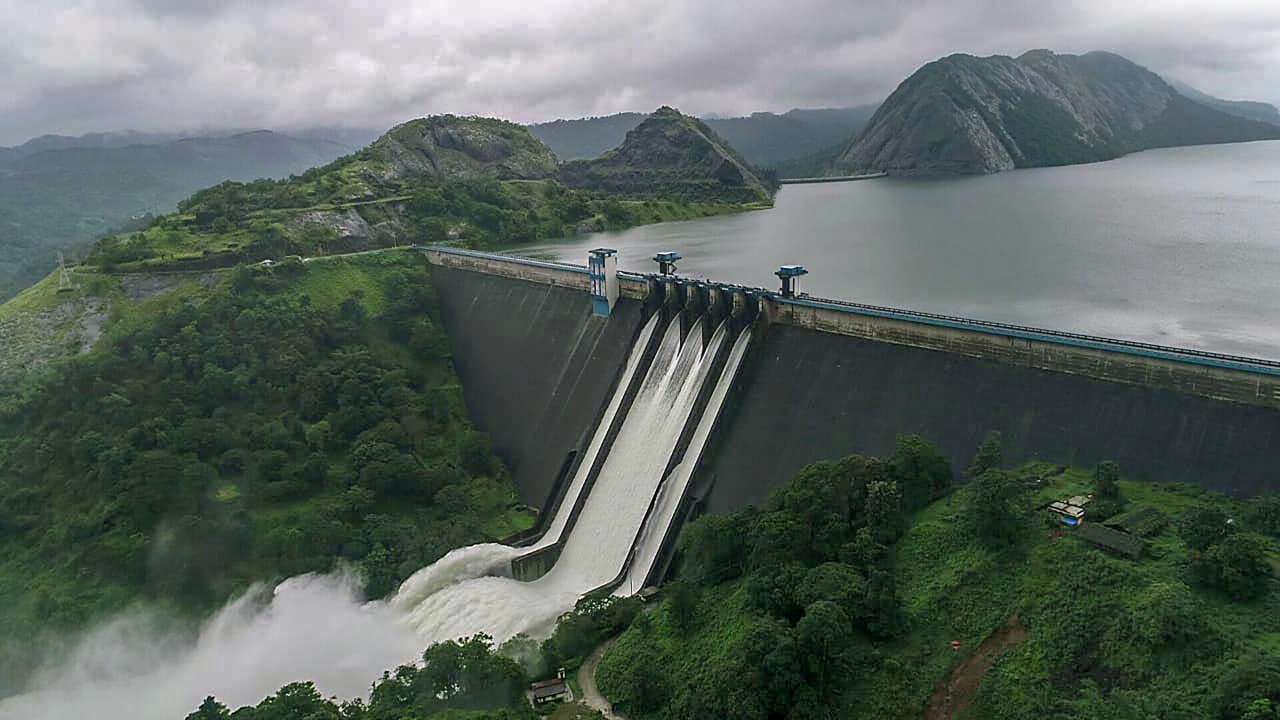As per the report released by by Central Pollution Control Board (CPCB) recently, the 10 rivers in which polluted stretches were identified are Adyar, Amravati, Bhavani, Cauvery, Cooum, Palar, Sarabanga, Tambiraparani, Tirumanimuthar and Vasishta.
The Cooum river, or simply Koovam, is one of the shortest classified rivers draining into the Bay of Bengal. This river is about 72 km (45 mi) in length, flowing 32 km (20 mi) in the city of Chennai (urban part) and the rest in rural part.
A report released has revealed that the Coovum River in Chennai is the most polluted in the whole country as the number of polluted river stretches in Tamil Nadu has increased to 10 in four years.
“Water quality of 12 rivers in Tamil Nadu was monitored at 73 locations during the year 2019 and 2021, of which, 53 locations on 10 rivers were found non-complying to the prescribed water quality criteria for BOD (biochemical oxygen demand),” said the report titled ‘Polluted River Stretches for Restoration of Water Quality, 2022’.
The report added that BOD in the Cooum between Avadi to Sathya Nagar was 345 mg per litre, which is the highest among 603 rivers in the country.
Cooum river source is in a place by the Kesavaram Anaicut built across Kallar river in Vellore district adjoining Chennai district.From its origin in the Kesavaram village to Thandurai (Pattabiram), Thiruverkadu Anaikat, the river remains unpolluted. Beyond this, the river is highly polluted till its mouth in the Bay of Bengal
Sabarmati in Gujarat and Bahela in Uttar Pradesh are also the most polluted rivers in the country with a BOD value of 292 mg per litre and 287 mg per litre respectively.
Among the 10 polluted rivers in the state, Vasishta in Salem has a BOD value of 230 mg per litre. Adyar river – between Tambaram to Nandanam – has a BOD value of 40 mg per litre.









